In November 1998, fourteen countries around the world began using the International Space Station to conduct experiments beyond Earth. Over these two decades, more than 300 people managed to visit there. ISS crew members usually fly light and do not take anything unnecessary with them. However, even without knowing it, they bring dozens of strains of different bacteria to the station. In 2019, scientists studied the space inside different modules of the space structure and found that there really are a lot of different bacteria and fungi. All these microscopic organisms live in unusual conditions for themselves, so they adapt to new realities. It was recently discovered that some strains of bacteria have changed so much that if they cause illness, current medications will not be able to quickly cure them.
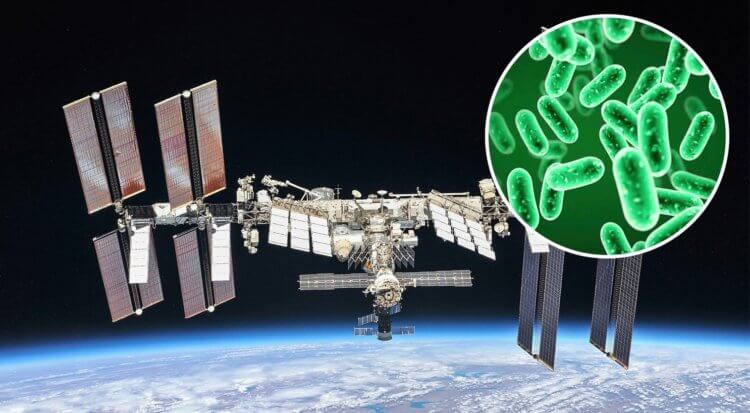
There are bacteria on the ISS, and they mutate quickly. Image source: nasa.gov
Contents
- 1 How many bacteria are on the human body
- 2 Bacteria in space
- 3 Antibiotic-resistant bacteria
- 4 The danger of bacteria on the ISS
How many bacteria are on the human body
According to scientific data, on the body of every adult there are about 30 trillion cells, on the surface of which live 38 trillion bacteria. They are very important for our health because they cleanse the skin of secretions and enrich the body with useful substances. Microbes also create a layer that helps protect against infections.
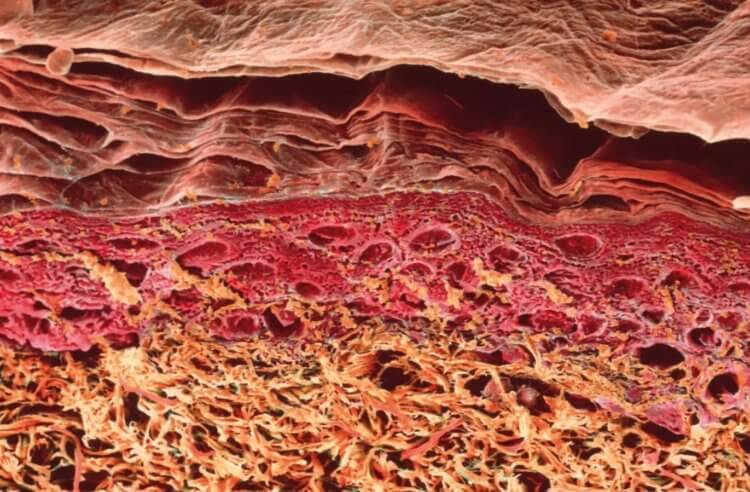
A cross section of human skin under a microscope. Image source: sciencephoto.com
It is impossible to completely cleanse the human body of germs. Even if this is done, a person can easily get sick, because bacteria are vital for us. Based on this, it is not surprising that there are a huge number of different microbes on board the ISS – they arrive at the station while on human skin or clothing.
Important scientific discovery: Previously unknown ones were found on human skin bacteria and viruses
Bacteria in space
While in space, bacteria begin to change naturally. This is because they are in conditions that are unnatural for them and are trying to get used to them. On board the ISS there is a completely different ventilation system, humidity level, air pressure and many other factors. In some cases, bacteria are exposed to space radiation and elevated levels of carbon dioxide—for example, when ISS crew members don space suits and go into outer space. To withstand all these tests, bacteria have to mutate.
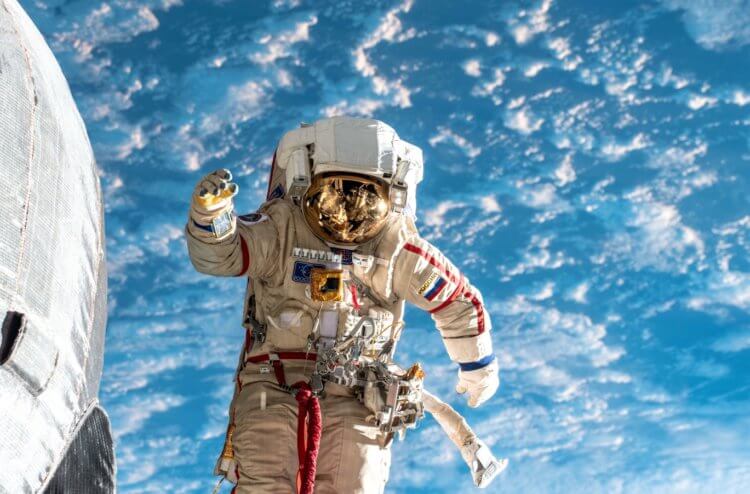
Millions of bacteria go into outer space together with humans. Photo source: roscosmos.ru
Extreme situation:NASA astronauts went into outer space and discovered water in their spacesuit
Antibiotic-resistant bacteria
< p>Recently, scientists conducted a study in which they studied the bacteria Enterobacter bugandensis. More than a dozen strains of these microbes have been discovered inside the space station. Unfortunately, they are not considered harmless – there is an opinion that they are somehow connected with the human gastrointestinal tract, and can also cause blood poisoning in children under 90 days old.
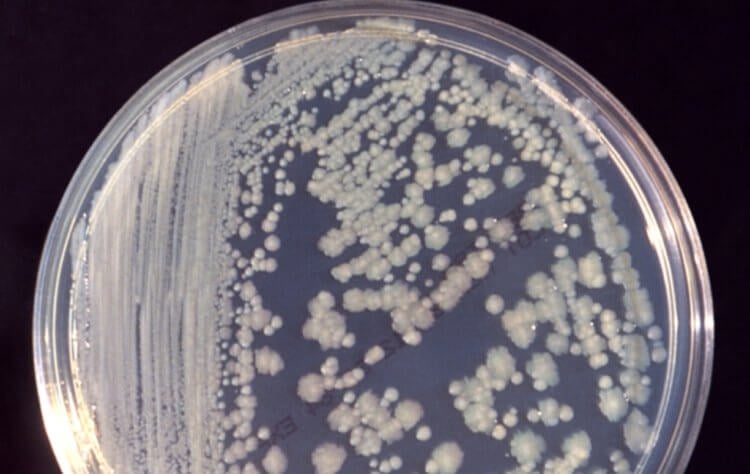
Enterobacter bacteria in a Petri dish. Photo source: wikimedia.org
The study found that under stress, these bacteria actually begin to change. In particular, exposure to the space environment leads to mutations that make them invulnerable to many antibiotics. This is, of course, great news for bacteria. But people may well suffer from mutated microbes. On top of all this, Enterobacter bugandensis bacteria can interact with other microbes to gain benefits. It is possible that all these features could make them the most numerous type of bacteria on the ISS.
Read also:Flesh-eating bacteria are spreading in the United States, which have already killed 5 people
The danger of bacteria on the ISS
The results of scientific work are like the beginning of a horror movie. The possibility that a mutant bacterium could develop in space and cause an incurable disease is very frightening. This situation is vaguely reminiscent of the plot of the 2017 film “Alive,” in which astronauts find life on Mars, but do not even suspect what the discovery of an extraterrestrial microbe might turn out to be. But today there is nothing to be afraid of – at least scientists have not expressed strong concern.
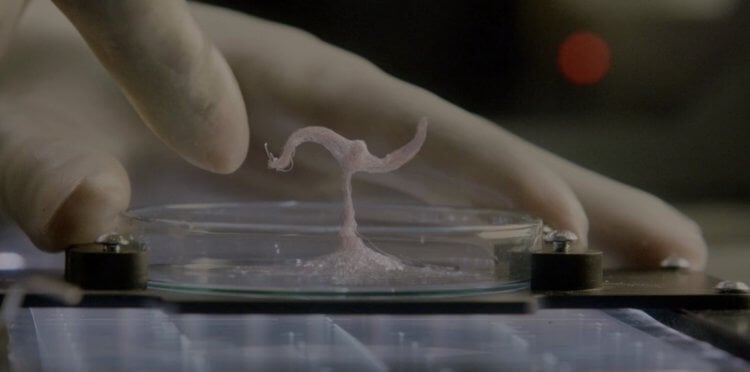
Still from the 2017 film “Alive”
Did you know that we have a Telegram chat? This way you can communicate with other readers of the site and participate in quizzes!
Previously, scientists found something even more frightening on the ISS – species of bacteria completely new to science. They were discovered outside the space station, and researchers even began to fear that the microbes could harm crew members. As it turned out, they are very similar to bacteria that live in the earth’s soil and do not pose a danger. The new species is called Methylobacterium ajmalii and is intriguing because it improves plant growth. With it, astronauts will be able to do better crop production in space, which is certainly great and encouraging news.